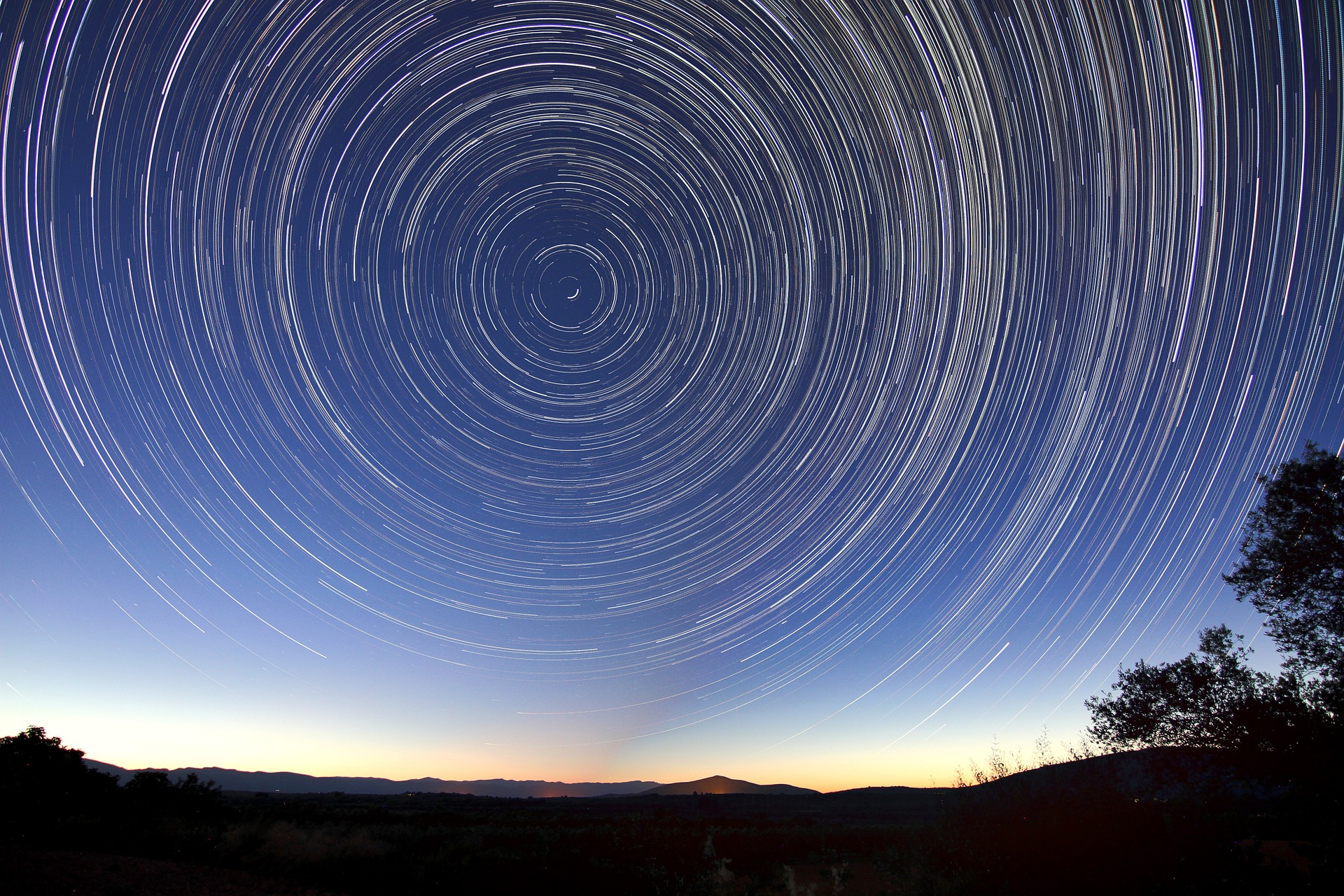Anyone planning a Hawaii vacation this summer should be well aware of the multitude of daytime activities available. Snorkeling, surf lessons, hiking, museum tours, even simple strolls on the beach: these are the things that people come to do and see in the Aloha State.
But what about after the sun goes down? The truth is, outside of dining and entertainment options, there’s not much to speak of. Unless that is, you enjoy Hawaii stargazing and the dance of the moon and stars. The summer of 2021 offers several unique astronomical events for those whose night eyes are trained on the skies. And you don’t need to know the difference between an astronomical unit and a parsec (or have a telescope) to enjoy them.

The Eta Aquariid Meteor Showers are already underway. They can be seen in the night sky over Hawaii through May 28. Although not an ideal astronomical year for viewing the Aquariids (they peak just before sunrise), early risers can expect dramatic streaks of lights, especially in remote areas with little light pollution for Hawaii stargazing.
“Lahaina Noon” is a phenomenon unique to the tropics that sees the sun directly overhead twice per year at all points throughout Hawaii, once on either side of the summer solstice as the sun makes its timeless transit rising and setting along different points of the horizon. On those days (which are different on each island) the sun is directly overhead and casts no shadow, in May and again in July.
(Yes, you don’t really do any Hawaii stargazing” during the day. But our sun is a literal star, so we’re counting it as such.)

An oddly-shaped, undulating sculpture on the campus of Honolulu Hale (City Hall) was designed in such a way as to cast a perfectly circular shadow during the Lahaina Moon, always drawing crowds of onlookers and local news camera crews. Known as kai ka la I ka lolo in the native Hawaiian language, or “the sun rests on the brain”, Lahaina Noon is an important part of the Hawaiian celestial calendar and imbued with deep spiritual significance.
On the night of May 25-26, Hawaii will also be treated to a rare total lunar eclipse. It begins before midnight, with “totality” lasting about 14 minutes, when the moon, or mahina will be completely obscured by the Earth’s shadow. If the skies are clear (which is likely), even visitors in light-saturated Waikiki will be able to enjoy the lunar disappearing act.

The Perseid Meteor Shower peaks on August 12, when the moon will set before midnight and provide ample opportunity to enjoy the natural light show. It occurs each year as the Earth’s orbit takes it through the ice and dust trail of the Swift-Tuttle Comet, first documented in 1862. This is a great Hawaii stargazing opportunity. The intensity of the Perseids will build and fade in the nights just before and after August 12.
There is no doubt that the days of your summer Hawaii vacation will be unforgettable. With so much happening in Hawaii’s skies, there’s no reason your nights can’t be, too. Contact us here at Hawaii Aloha Travel to find out how best to enjoy stargazing during your Hawaii vacation.




